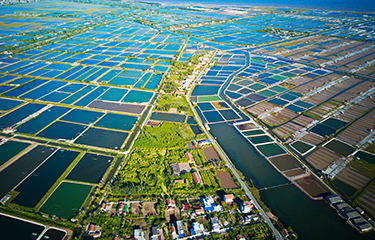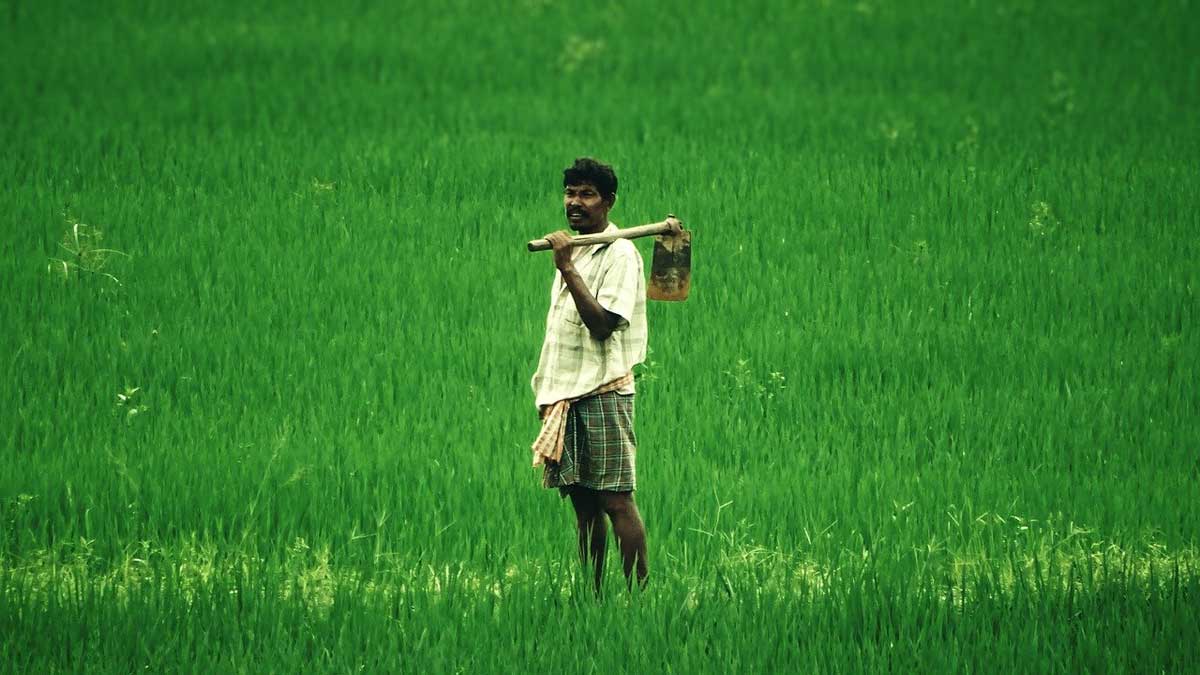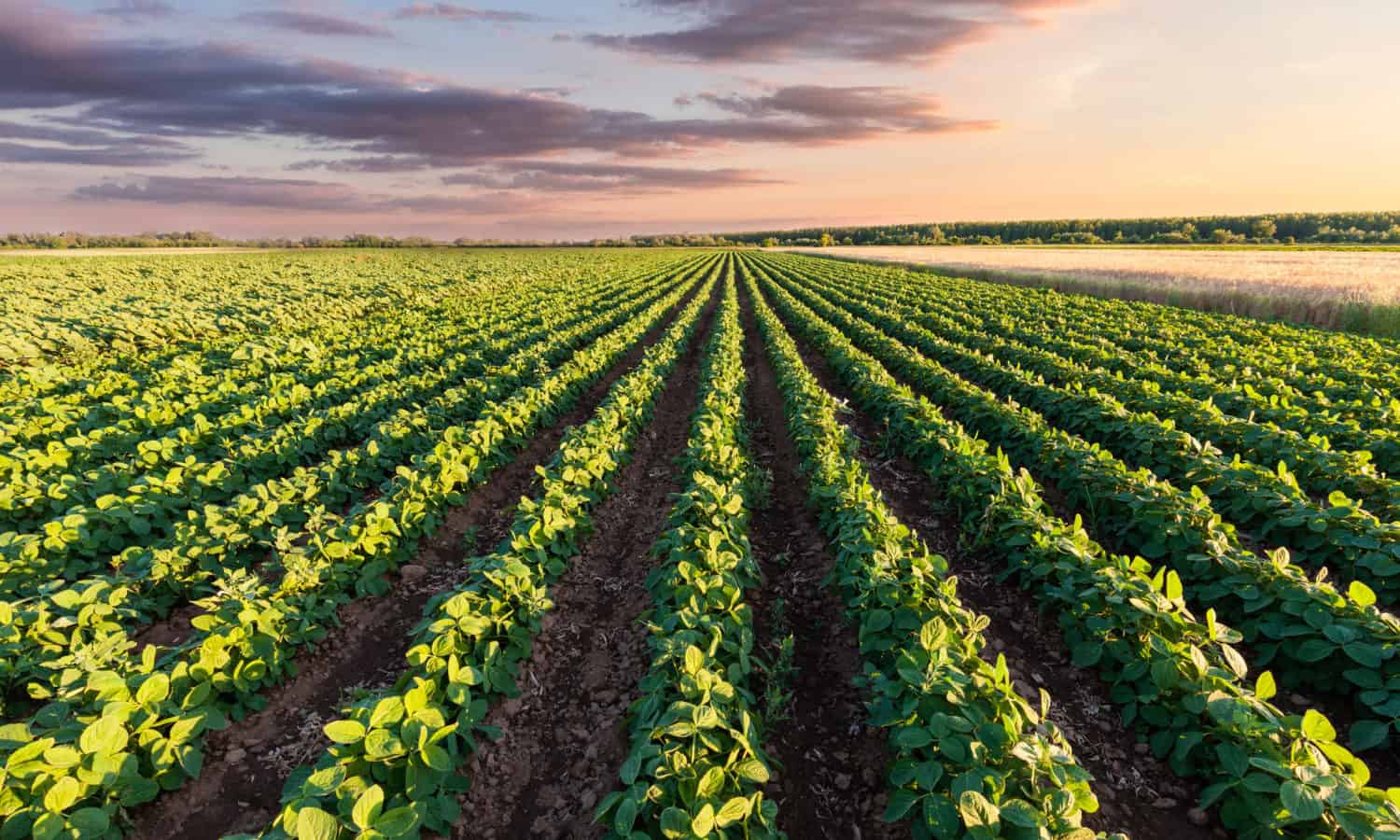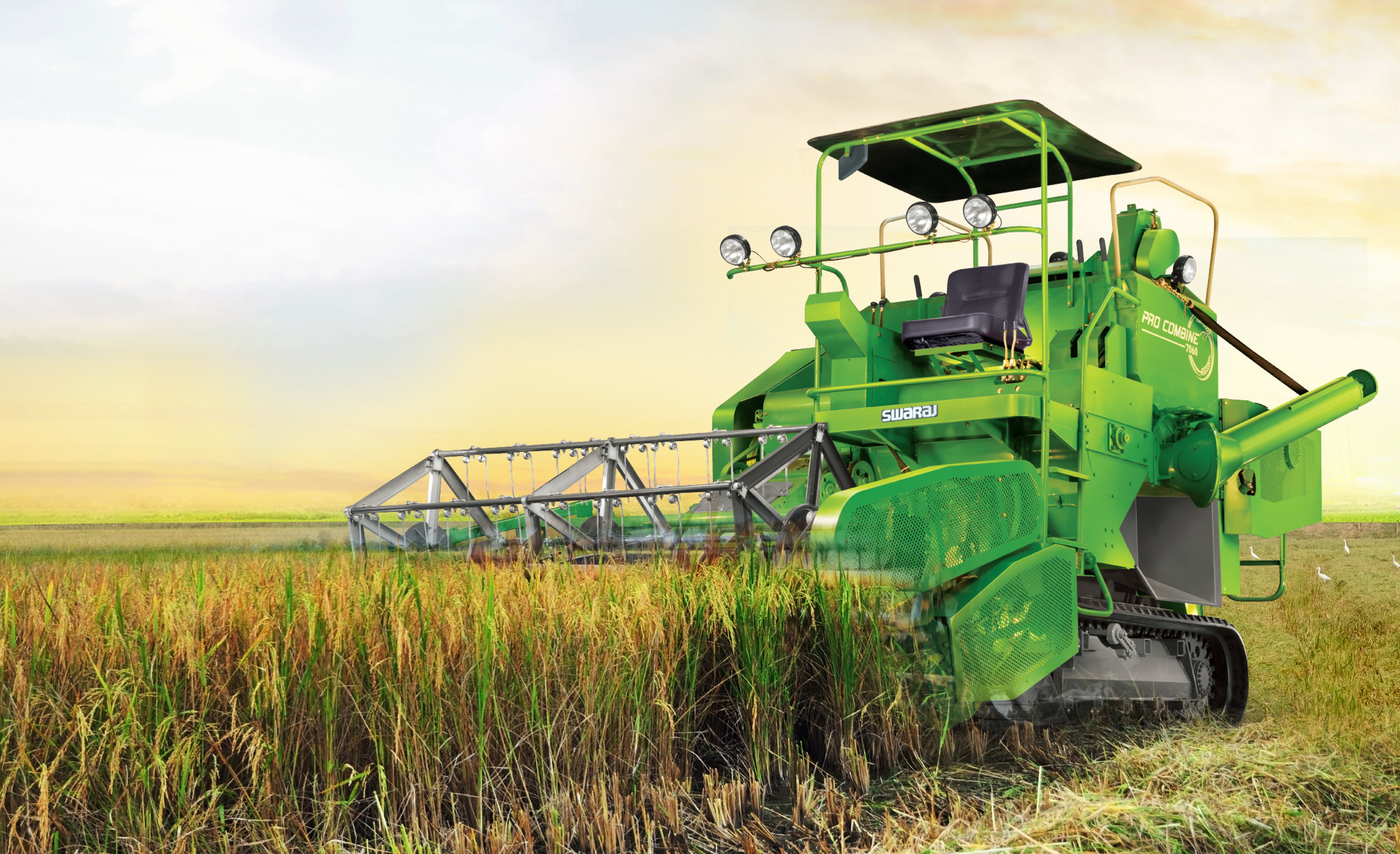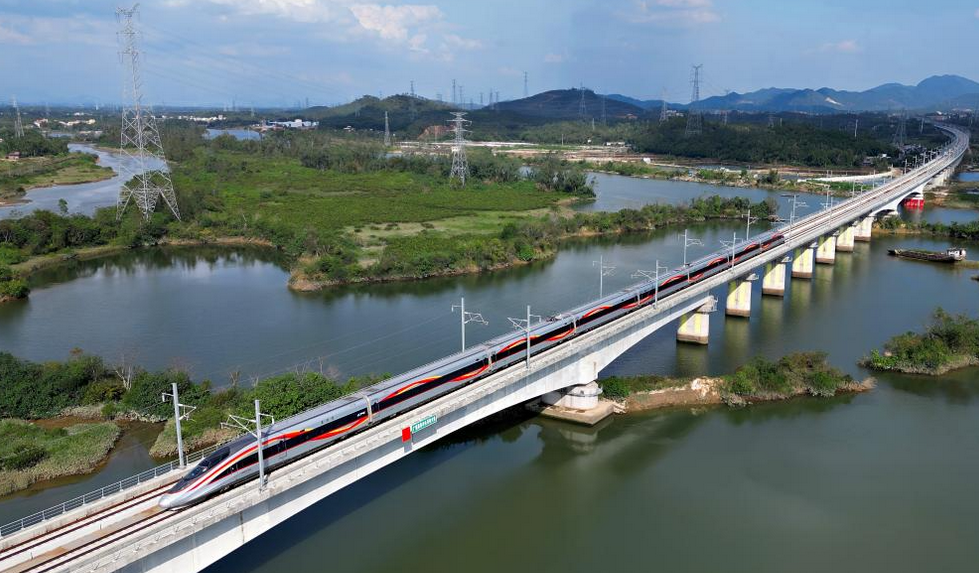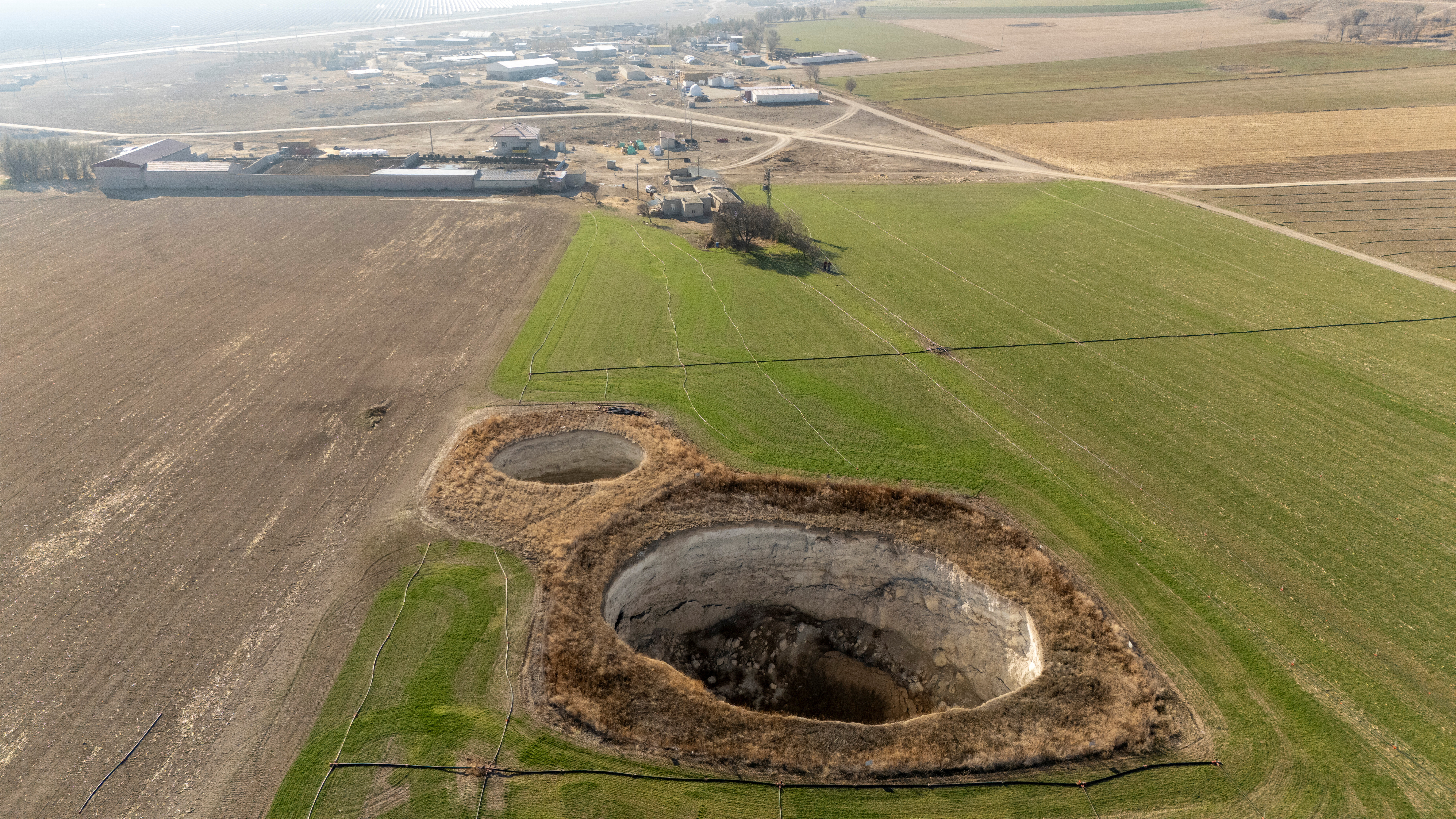The U.S. Department of Agriculture’s Risk Management Agency approved changes to improve insurance coverage for American livestock producers. These updates will take effect for the Livestock Risk Protection, Livestock Gross Margin, and Dairy Revenue Protection insurance programs beginning with the 2026 crop year.
Livestock Risk Protection
LRP provides protection for livestock producers looking to insure against declining market prices. This program offers coverage levels ranging from 70% to 100% of the “expected ending values” (expected price at the end of the insurance period).
The changes to LRP include:
- Modifying the termination date to Sept. 30 and the premium billing date to the first day of the second month after the end date of endorsement.
- Adding two new types of LRP coverage:
- Feeder Cattle – Unborn calves will provide coverage for beef or beef/dairy cross calves sold within two weeks after birth.
- Fed Cattle – Cull cows will provide coverage for dairy cull cows with a coverage limitation of 13 weeks.
- Allowing coverage based on a forward contract or purchase agreement.
- Additional record requirement includes a copy of the purchase agreement and proof of delivery.
- Adding drought exemption for Feeder Cattle that will be based on the Drought Monitor’s Drought Severity and Coverage Index.
- Adding additional record requirements for Feeder Cattle:
- Applicable when livestock are purchased and not marketed within 60 days of the end date.
- The sex of the feeder cattle must be verified in the marketing or purchase records.
Livestock Gross Margin
LGM provides protection to cattle, dairy and swine producers against unexpected decreases in gross margin (market value of livestock or milk minus input costs). The program calculates the expected gross margin for a period using future market prices and pays an indemnity to the extent that the actual gross margin is less than the expected gross margin.
The changes to LGM include:
- Modifying the termination date to Aug. 31 and the premium billing date to the first day of the second month after the Specific Coverage Endorsement ended.
Dairy Revenue Protection
For dairy producers, DRP provides protection against a decline in revenue (yield and/or price) on the milk produced from dairy cows on a quarterly basis. The expected revenue is based on futures prices for milk and dairy commodities, and the amount of covered milk production elected by the dairy producer.
The changes to DRP include:
- Modifying the DRP termination date to Jan. 31 and the premium billing date to the first day of the third month after the end date of endorsement.
- Modifying the program to give additional flexibilities to producers impacted by an animal disease when they have suffered an eligible loss.
- RMA is increasing the minimum declarable butterfat test to 4 pounds, increasing maximum declarable butterfat test to 6 pounds and increasing minimum declarable protein test to 3.20 pounds.
LRP, LGM and DRP are available to livestock producers in all states and counties. Crop insurance is sold and delivered solely through private crop insurance agents.
Source - The Fence Post





